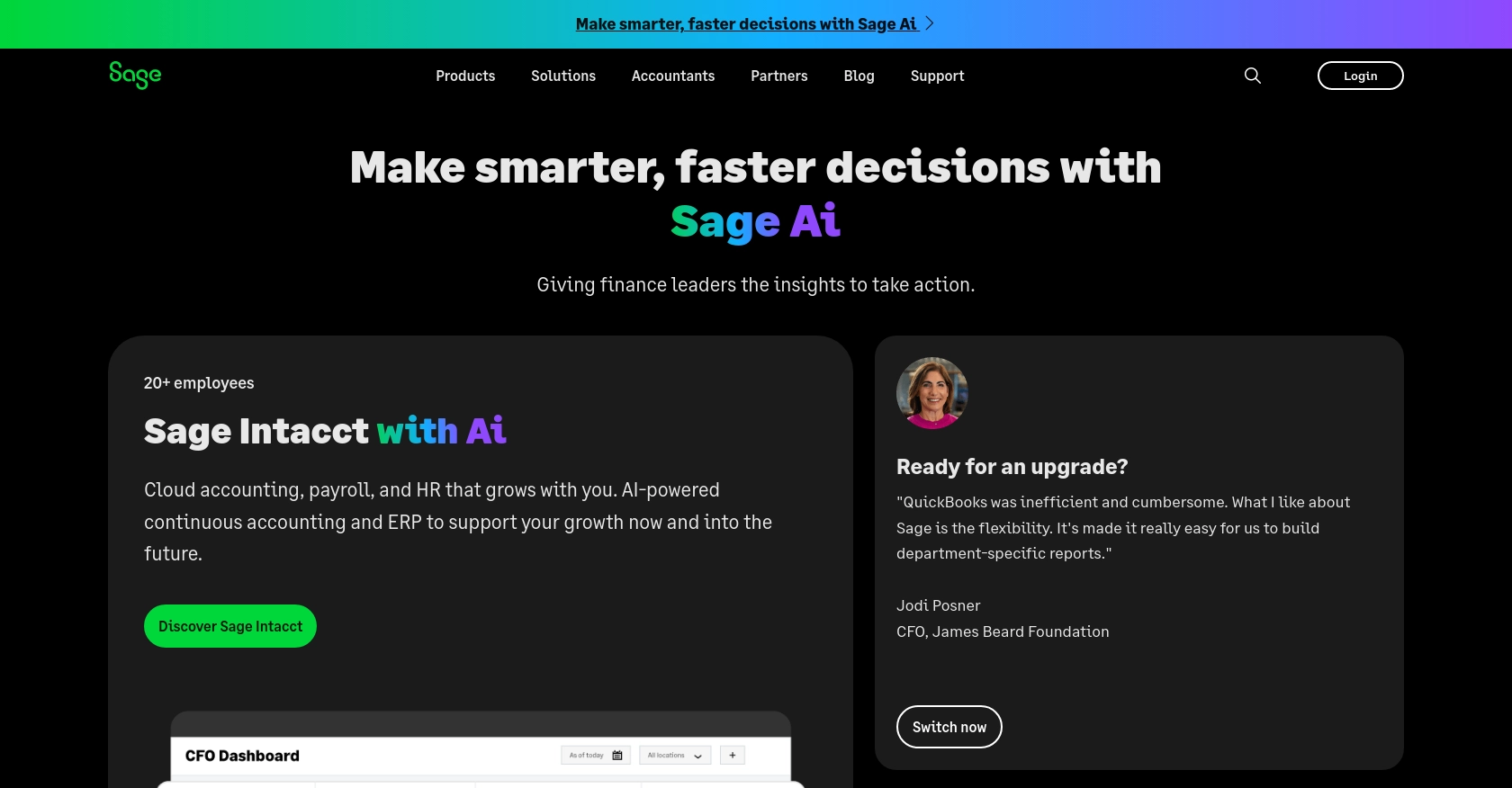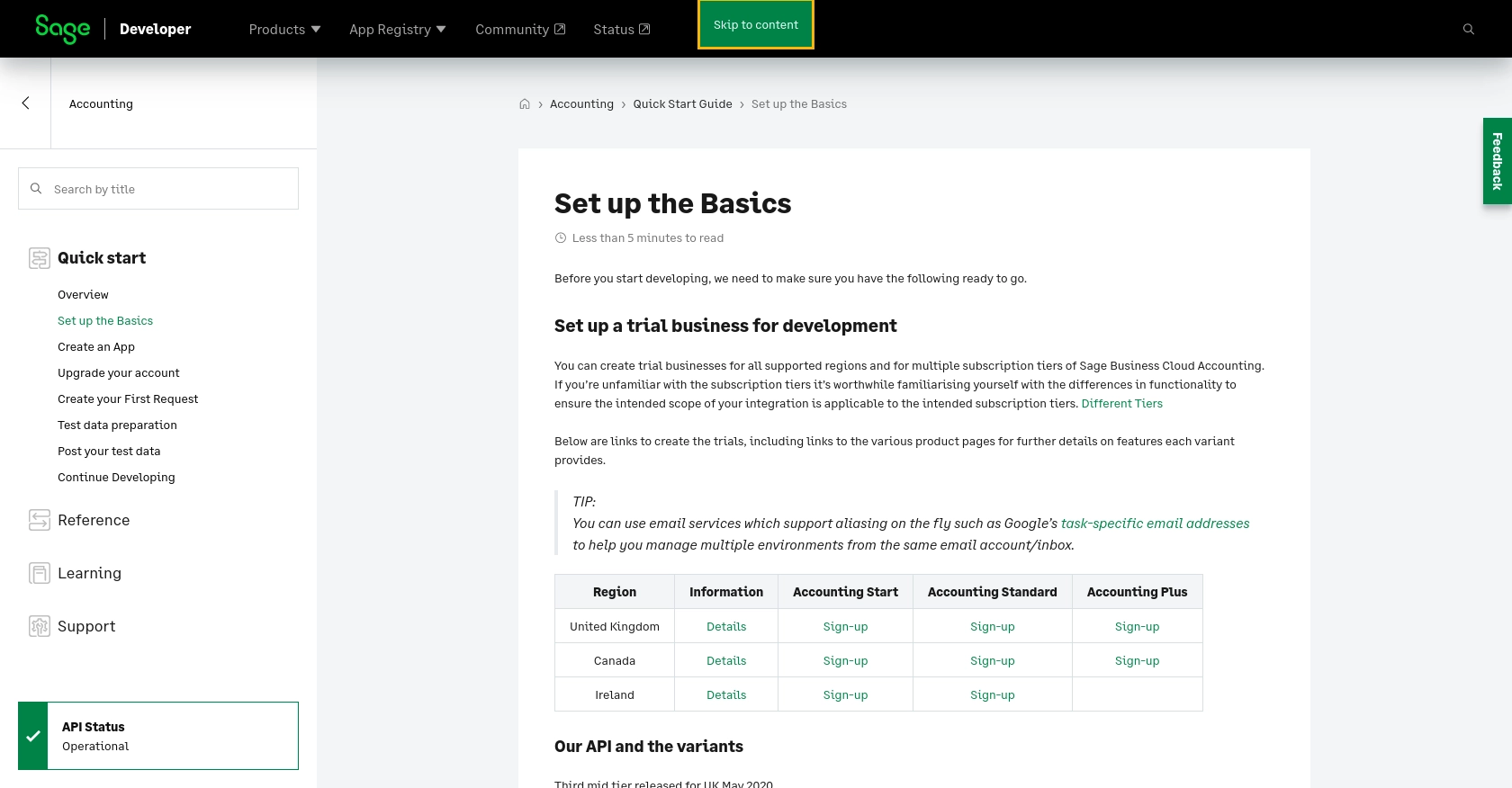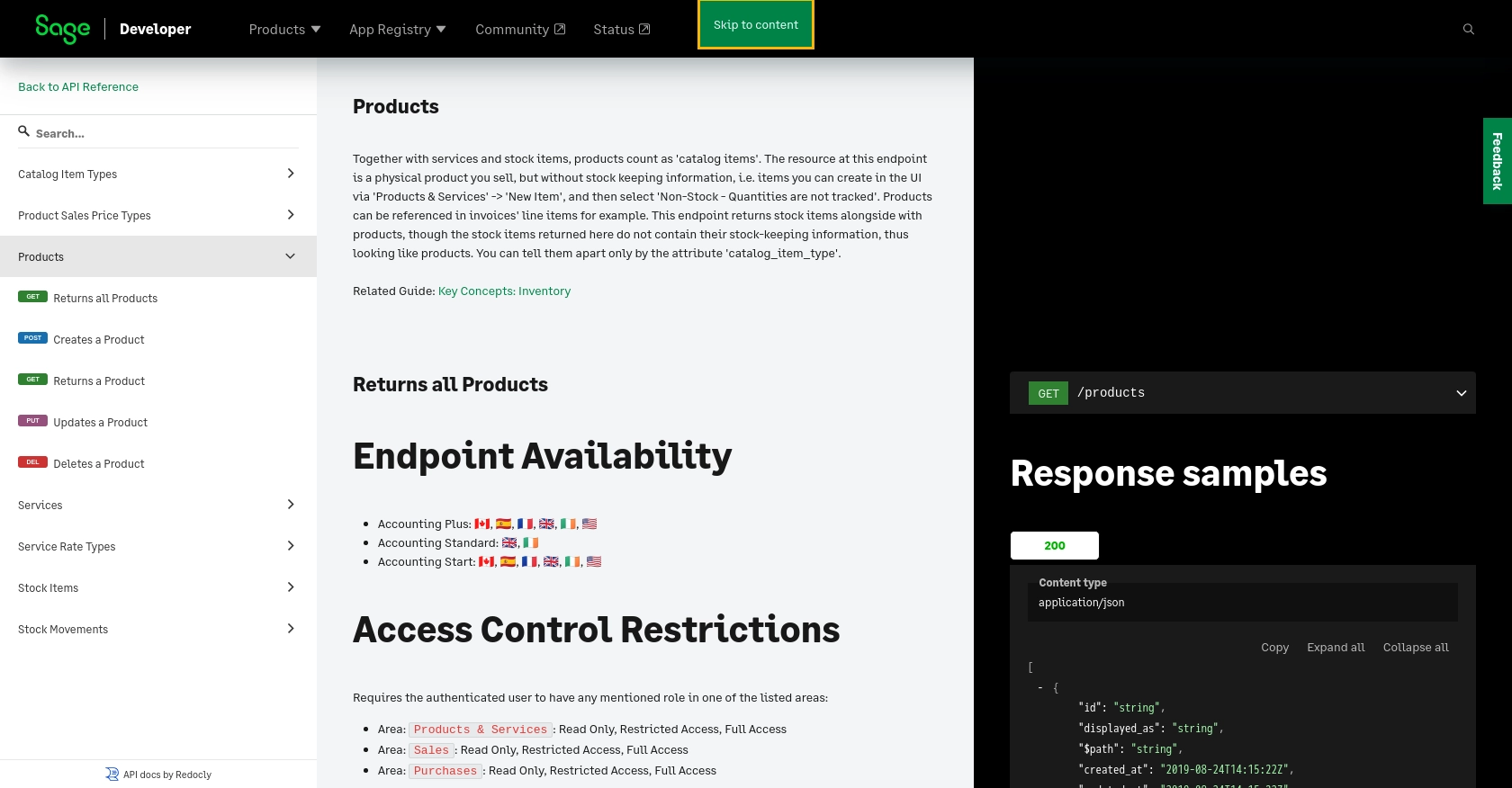Using the Sage Accounting API to Get Items (with PHP examples)

Introduction to Sage Accounting API
Sage Accounting is a robust cloud-based accounting solution tailored for small to medium-sized businesses. It offers a comprehensive suite of tools for managing finances, invoicing, and inventory, making it an essential platform for businesses aiming to streamline their accounting processes.
Integrating with the Sage Accounting API allows developers to automate and enhance various accounting tasks. For example, you can use the API to retrieve item data, enabling seamless inventory management and reporting. This integration can significantly improve efficiency by reducing manual data entry and ensuring real-time data synchronization.
Setting Up Your Sage Accounting Test/Sandbox Account
Before diving into the integration with the Sage Accounting API, it's crucial to set up a test or sandbox account. This environment allows developers to safely experiment with API calls without affecting live data. Follow these steps to get started:
Create a Sage Developer Account
To begin, you'll need a Sage Developer Account. This account enables you to register and manage applications, obtain client credentials, and specify key details such as callback URLs.
- Visit the Sage Developer Portal and sign up using your GitHub account or email address.
- Follow the guide on signing up to ensure your account is properly configured.
Register a Trial Business for Development
Sage allows you to create trial businesses for development purposes. This is essential for testing your integration with various subscription tiers of Sage Business Cloud Accounting.
- Navigate to the trial business setup page.
- Select the appropriate region and subscription tier that matches your integration needs.
- Sign up for a trial account using an email service that supports aliasing to manage multiple environments efficiently.
Create an App for OAuth Authentication
Since the Sage Accounting API uses OAuth for authentication, you'll need to create an app to obtain the necessary credentials.
- Log in to your Sage Developer Account.
- Click on "Create App" and provide a name and callback URL for your app. You can find more details in the app creation guide.
- After saving, you'll receive a Client ID and Client Secret, which are crucial for OAuth authentication.
Upgrade to a Developer Account
To fully utilize the Sage Accounting API, upgrade your trial account to a developer account. This provides 12 months of free access for testing.
- Submit your upgrade request through the upgrade form.
- Provide details such as your name, email address, app name, Client ID, and region.
- Wait for confirmation, which typically takes 3-5 working days.
With your test environment set up, you're ready to start integrating with the Sage Accounting API and exploring its capabilities.

sbb-itb-96038d7
Making API Calls to Retrieve Items Using Sage Accounting API with PHP
Once your Sage Accounting test environment is set up, you can start making API calls to retrieve item data. This section will guide you through the process using PHP, ensuring you have the necessary tools and knowledge to interact with the Sage Accounting API effectively.
Prerequisites for PHP Integration with Sage Accounting API
Before proceeding, ensure you have the following installed on your development machine:
- PHP 7.4 or higher
- Composer for dependency management
You'll also need to install the Guzzle HTTP client, which simplifies making HTTP requests in PHP. Run the following command to install it:
composer require guzzlehttp/guzzleSetting Up OAuth Authentication for Sage Accounting API
To authenticate with the Sage Accounting API, use the OAuth 2.0 protocol. This requires the Client ID and Client Secret obtained during app creation. Here's how you can set up the authentication:
require 'vendor/autoload.php';
use GuzzleHttp\Client;
$client = new Client();
$response = $client->post('https://oauth.sage.com/token', [
'form_params' => [
'grant_type' => 'client_credentials',
'client_id' => 'Your_Client_ID',
'client_secret' => 'Your_Client_Secret',
]
]);
$tokenData = json_decode($response->getBody(), true);
$accessToken = $tokenData['access_token'];
Replace Your_Client_ID and Your_Client_Secret with your actual credentials. This code retrieves an access token, which you'll use in subsequent API calls.
Retrieving Items from Sage Accounting API
With authentication in place, you can now retrieve items from the Sage Accounting API. Use the following PHP code to make the API call:
$response = $client->get('https://api.sage.com/accounting/products', [
'headers' => [
'Authorization' => 'Bearer ' . $accessToken,
'Accept' => 'application/json',
]
]);
$items = json_decode($response->getBody(), true);
foreach ($items['data'] as $item) {
echo 'Item Name: ' . $item['name'] . "\n";
echo 'Item Price: ' . $item['price'] . "\n";
}
This code sends a GET request to the Sage Accounting API to retrieve a list of items. It then parses the JSON response and outputs the item names and prices.
Handling API Response and Errors
It's crucial to handle potential errors when making API calls. Check the response status code to ensure the request was successful:
if ($response->getStatusCode() === 200) {
// Process the data
} else {
echo 'Error: ' . $response->getStatusCode();
}
Refer to the Sage API documentation for detailed information on error codes and their meanings.
Verifying API Call Success in Sage Accounting Sandbox
After making the API call, verify the results in your Sage Accounting sandbox account. Ensure the retrieved data matches the items in your test environment. This step confirms that your integration is functioning correctly.

Conclusion and Best Practices for Sage Accounting API Integration
Integrating with the Sage Accounting API using PHP can significantly enhance your business's accounting processes by automating data retrieval and management. By following the steps outlined in this guide, you can efficiently set up your test environment, authenticate using OAuth, and retrieve item data seamlessly.
Best Practices for Secure and Efficient API Integration
- Securely Store Credentials: Always store your Client ID and Client Secret securely, using environment variables or a secure vault, to prevent unauthorized access.
- Handle Rate Limiting: Be mindful of the API's rate limits to avoid throttling. Implement retry logic with exponential backoff to handle rate limit errors gracefully.
- Data Standardization: Ensure that the data retrieved from the API is standardized and transformed as needed to fit your application's requirements.
- Error Handling: Implement robust error handling to manage different response codes effectively. Refer to the Sage API documentation for guidance on error codes.
Enhance Your Integration Strategy with Endgrate
While integrating with the Sage Accounting API can streamline your accounting processes, managing multiple integrations can be complex. Endgrate offers a unified API solution that simplifies integration management across various platforms, including Sage Accounting. By leveraging Endgrate, you can focus on your core product development while ensuring a seamless integration experience for your customers.
Explore how Endgrate can save you time and resources by visiting Endgrate's website and discover the benefits of outsourcing your integration needs.
Read More
- https://endgrate.com/provider/sage
- https://developer.sage.com/accounting/quick-start/set-up-the-basics/
- https://developer.sage.com/accounting/quick-start/create-an-app/
- https://developer.sage.com/accounting/quick-start/upgrade-your-account/
- https://developer.sage.com/accounting/reference/products-services/#tag/Products
Ready to get started?
